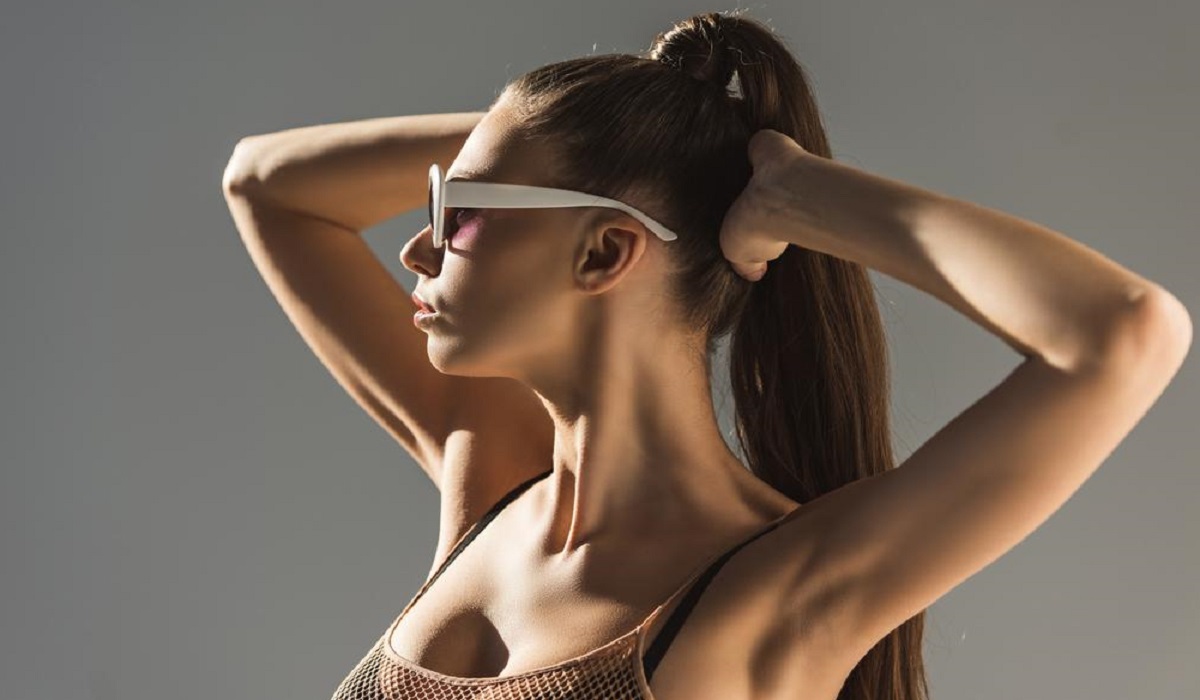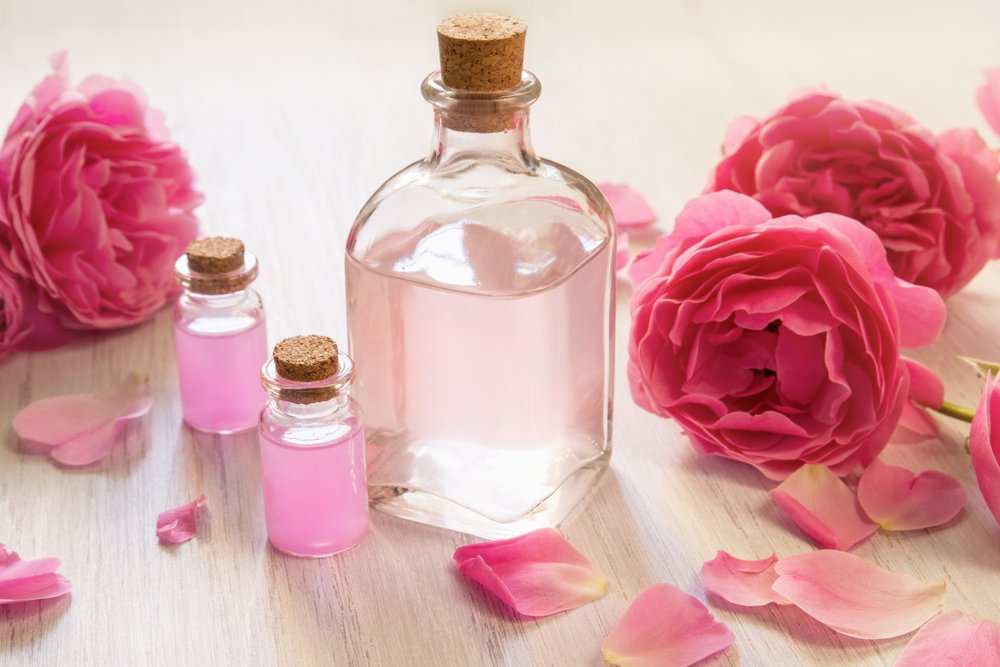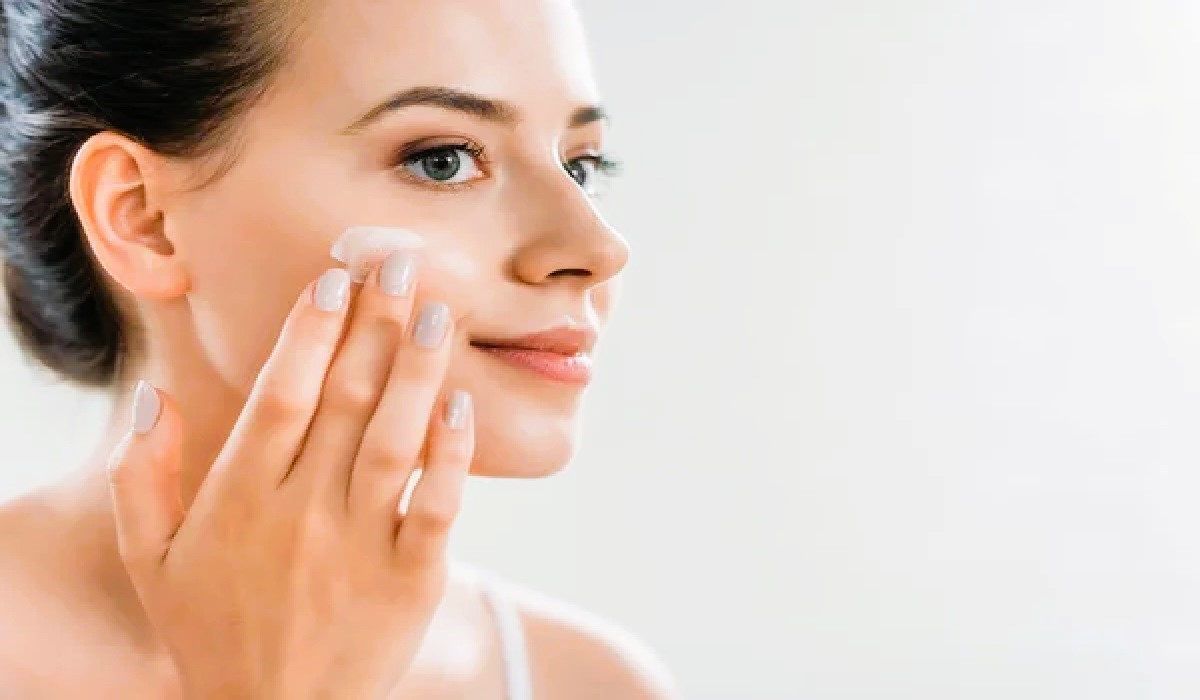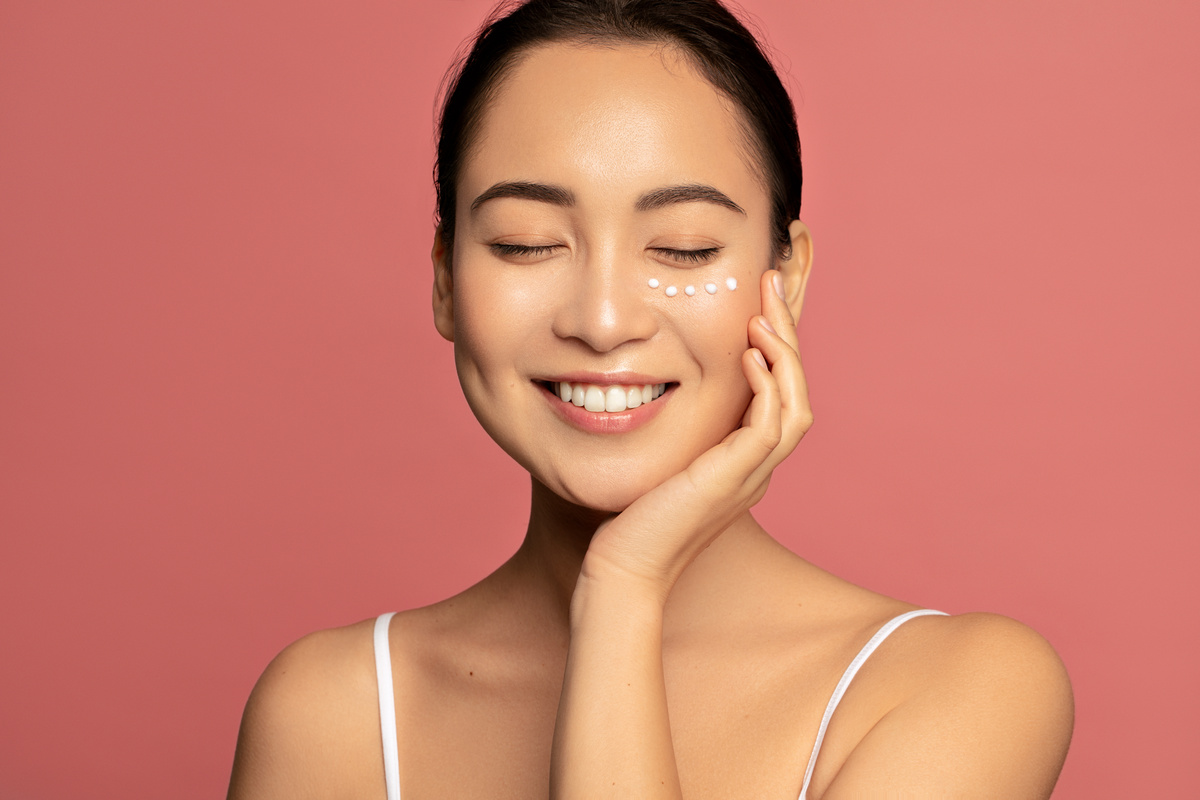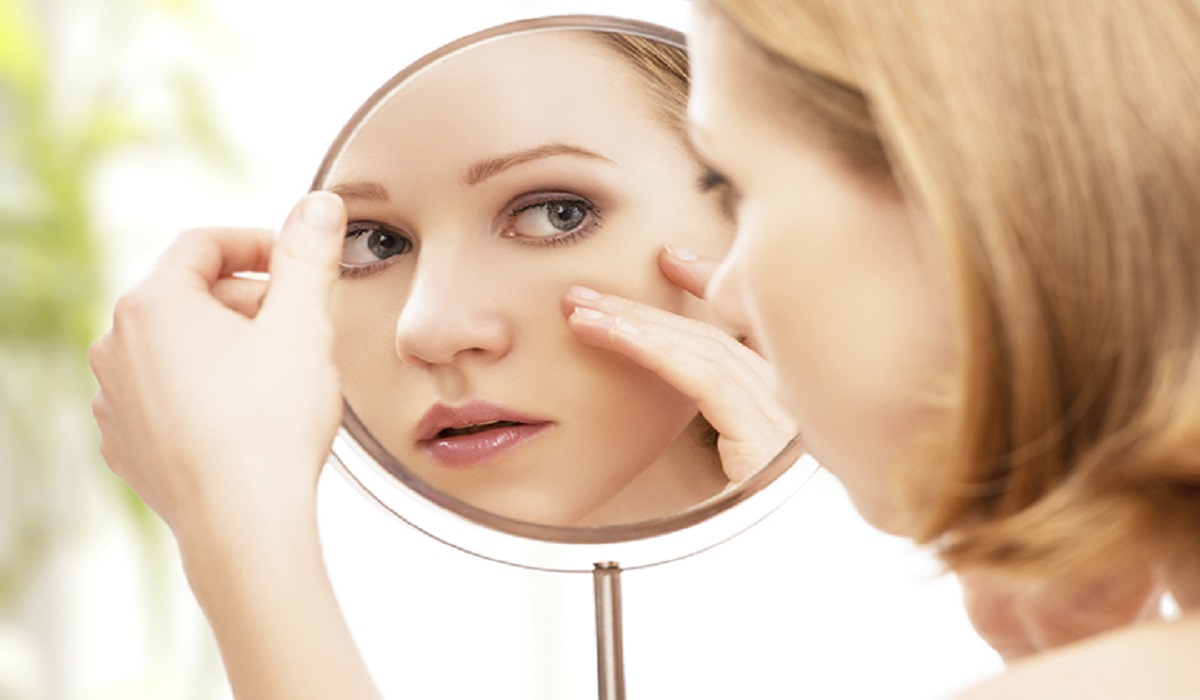A fan brush, often a staple in both art and beauty kits, is characterized by its unique fan-shaped bristles, designed to spread out wide while still allowing for delicate work. Originating from the need for artists to blend paint and create textures with finesse, the fan brush has a rich history in the arts. It has evolved over time, with variations developed for specific mediums and techniques. Today, it is available in several types, including soft and stiff bristles, each serving a distinct purpose.
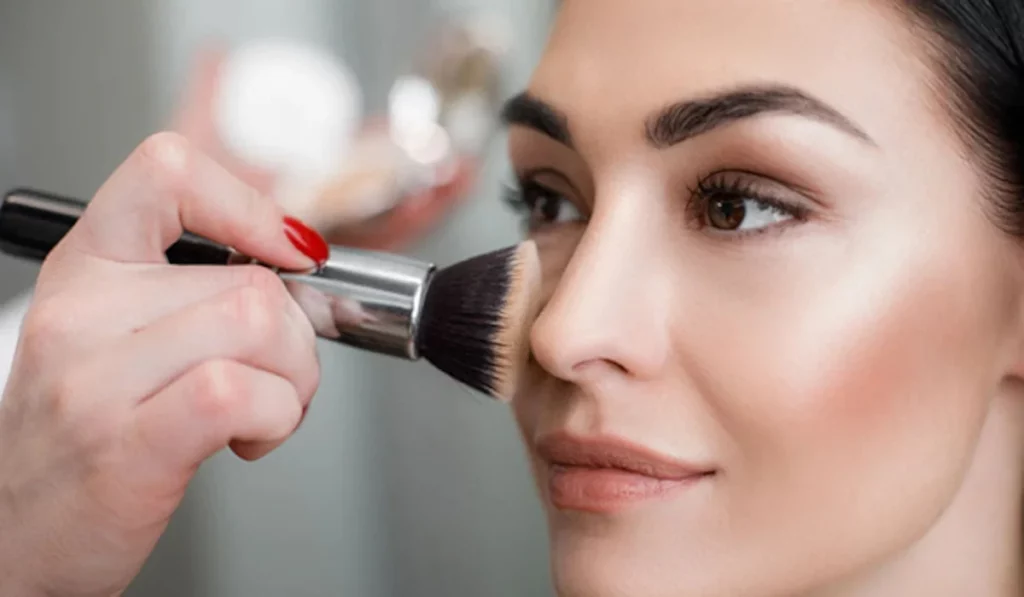
Uses of Fan Brushes in Art
Fan brushes are invaluable for artists looking to achieve a range of effects in their work. They are particularly adept at blending colors on the canvas, creating smooth transitions between hues without harsh lines. This blending capability makes them ideal for skies, water, and other natural elements that require a soft touch. Additionally, fan brushes can be used to create interesting textures and patterns, such as the impression of leaves, grass, or hair, adding a layer of realism and depth to paintings. For techniques like glazing and layering, the fan brush applies thin, even coats of paint, allowing for the gradual build-up of color and luminosity.
Uses of Fan Brushes in Makeup
In the beauty world, fan brushes have a different set of uses but are equally cherished for their precision and versatility. Their light, feathery bristles are perfect for applying powdered makeup products like highlighters, bronzers, and blushes, offering a soft, natural finish. The unique shape of the fan brush allows for targeted application, enabling makeup artists to accentuate features like cheekbones and the bridge of the nose with ease. Additionally, fan brushes are excellent for gently sweeping away any excess or fallen product, ensuring a clean, flawless makeup application.
Choosing the Right Fan Brush
The key to harnessing the full potential of a fan brush lies in selecting the right one for your needs. Bristle material plays a significant role, with synthetic fibers offering durability and ease of cleaning, while natural bristles provide a softer touch ideal for sensitive skin and fine art. The size and shape of the brush will dictate its suitability for specific tasks, with larger brushes covering more area and smaller brushes offering precision. Proper care and maintenance, including regular cleaning and storage, will ensure the longevity of your fan brush.
Creative Projects with Fan Brushes
Beyond their traditional uses, fan brushes can inspire a variety of creative projects. Artists can experiment with different painting techniques, such as stippling and scumbling, to achieve unique effects on the canvas. DIY enthusiasts might find fan brushes handy for home decor projects, like creating textured finishes on walls or furniture. In mixed media art, the fan brush can be used to apply adhesives or create dynamic layers, adding dimension and interest to the artwork.
Professional Tips for Using Fan Brushes
To get the most out of your fan brush, consider the following tips from professionals: always select the right size and type of brush for your project, use a light touch to avoid overapplication of product, and experiment with different angles and pressures to achieve desired effects. Avoid common mistakes, such as using a dirty brush or applying too much force, which can lead to unsatisfactory results.

The Evolution of Fan Brushes in Art and Beauty
The fan brush has come a long way from its origins, with its design and uses expanding significantly. In art, advancements in materials and manufacturing techniques have led to a wider variety of fan brushes, each suited to specific mediums and styles. In the beauty industry, fan brushes have become essential tools for achieving high-definition makeup looks, with innovations in bristle technology enhancing their performance and versatility.
Comparing Fan Brushes with Other Brushes
While fan brushes offer unique advantages, understanding when and why to choose them over other types of brushes is crucial. Their ability to lightly apply product and create soft, blended effects sets them apart from denser, more traditional brush shapes. However, for tasks requiring more precision or heavier application, other brushes might be more suitable.
Fan Brushes in Digital Art
The digital art world has embraced the fan brush, with software tools simulating its effects for digital paintings. These virtual brushes allow artists to explore the fan brush’s blending and texturing capabilities without the need for physical materials, opening up new avenues for creativity and experimentation.
The fan brush is a testament to the creativity and innovation in both the art and beauty worlds. Its unique design and versatility make it a cherished tool for professionals and hobbyists alike. As techniques and materials continue to evolve, the fan brush remains a timeless instrument, bridging traditional and modern practices in both painting and makeup application.
- How do I clean my fan brush? Clean your fan brush with gentle soap and warm water, reshaping the bristles while they are wet and letting it dry horizontally.
- Can I use a fan brush with acrylic paints? Yes, fan brushes can be used with acrylics, oils, watercolors, and even makeup, making them versatile tools for artists and makeup enthusiasts.
- What is the best way to store fan brushes? Store them bristle-side up in a holder or flat in a drawer to maintain their shape and protect the bristles.

